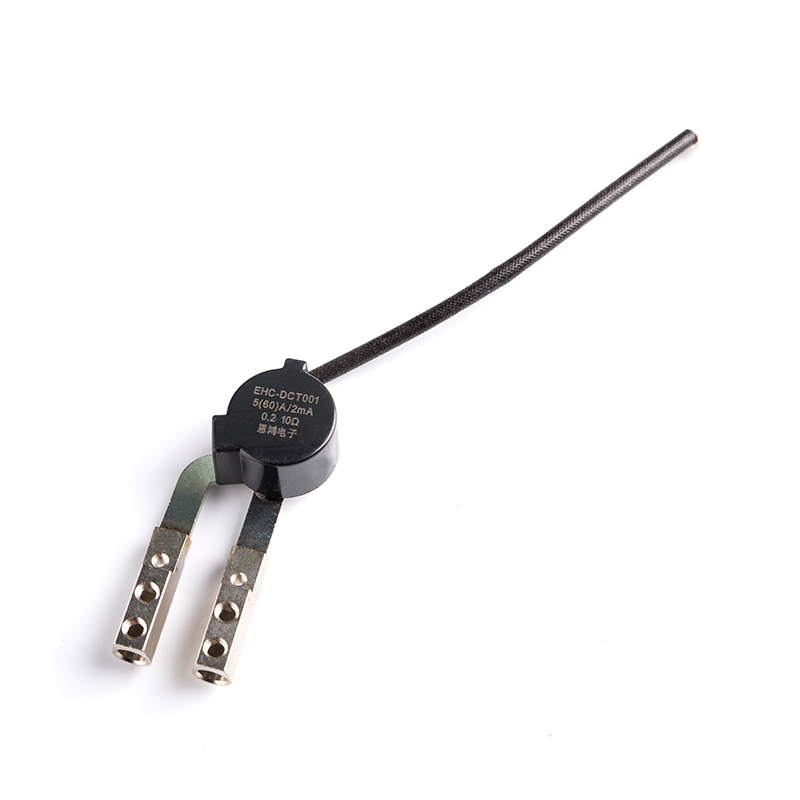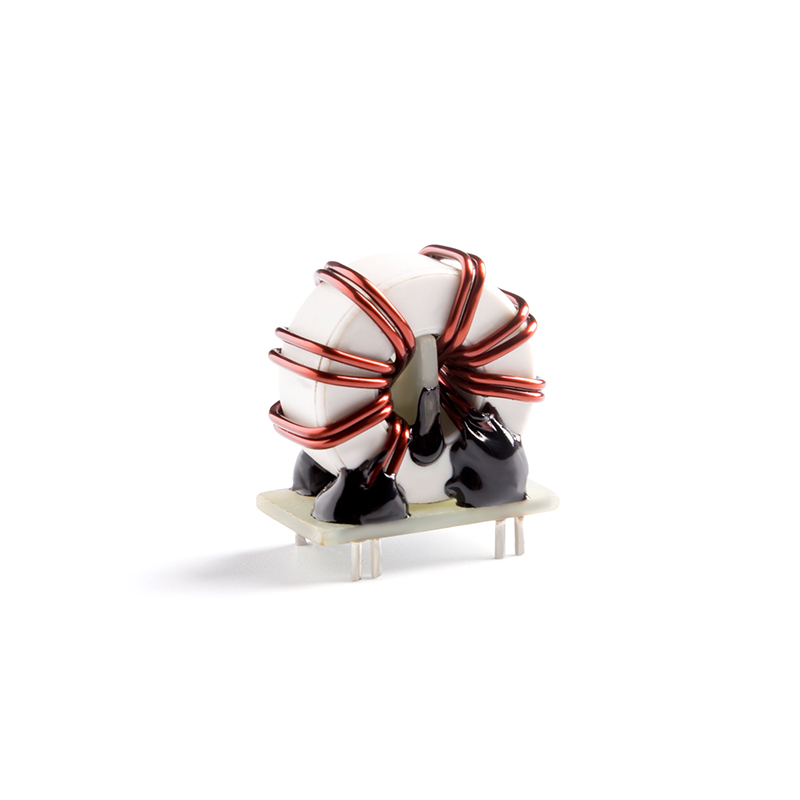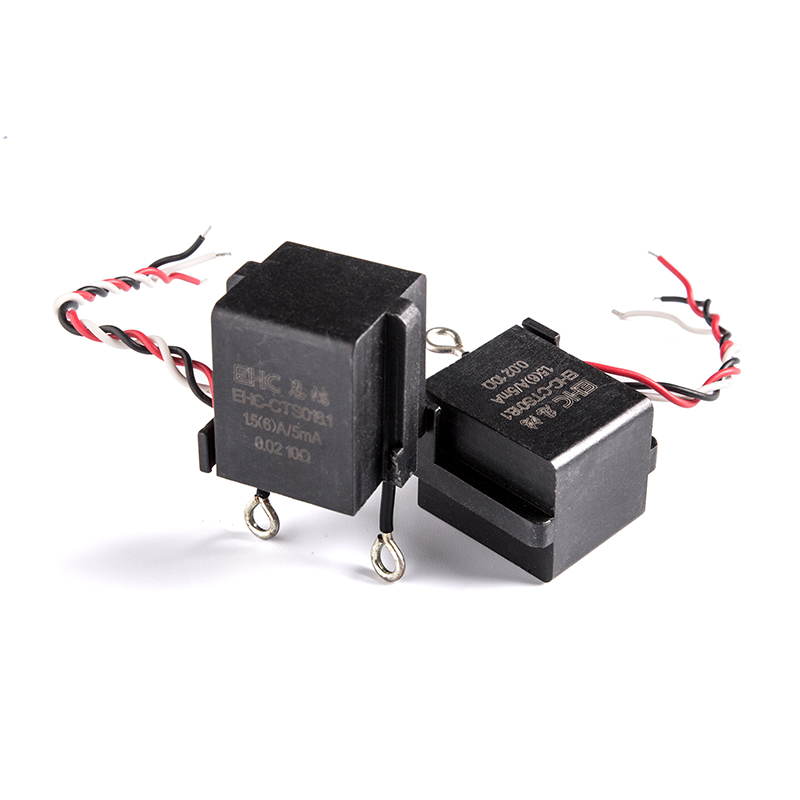A Current Transformer (CT) is an essential component in electrical systems for measuring and monitoring current. Its construction features are designed to ensure accurate current transformation while maintaining safety. Here are the key components and construction features of a typical CT:
Core:
The core is a crucial part of a CT and is typically made of laminated silicon steel or, in some cases, amorphous metal. The core provides a low-reluctance path for the magnetic flux generated by the current flowing through the primary winding.
Primary Winding:
The primary winding consists of one or more turns of a conductor through which the actual current flows. The number of turns in the primary winding determines the turns ratio, which is a critical factor in the CT's transformation accuracy.
Secondary Winding:
The secondary winding is wound around the core and is responsible for producing a current proportional to the primary current. The turns ratio (Np/Ns) determines the relationship between the primary and secondary currents.
Insulation:
CTs are insulated to prevent electrical contact between the windings and the core. Insulation materials such as paper, Mylar, or other insulating materials are used to ensure the safety and reliability of the CT.
Case or Enclosure:
The entire CT assembly is enclosed in a case or housing made of insulating materials, providing protection to the internal components. The case also prevents accidental contact with live parts, ensuring the safety of personnel.
Burden:
The burden is the impedance presented to the secondary winding, typically in the form of connected instruments or devices. It includes the resistance, inductance, and capacitance of the external circuit connected to the CT. CT Current Transformers are often designed to operate optimally with specific burdens.
Secondary Terminal Block:
The secondary winding is connected to a terminal block, providing external access for connecting instruments, relays, or other devices. The secondary terminal block facilitates easy installation and connection of the CT in the electrical system.
Removable Core:
Some CTs are designed with a removable core for ease of maintenance and testing. This feature allows the core to be replaced or inspected without disconnecting the primary conductors.
Accuracy Class Label:
CTs are classified based on accuracy, and the accuracy class is usually indicated on a label on the CT. Common accuracy classes include 0.1, 0.2, 0.5, 1.0, and 3.0, each representing a percentage of the rated current within which the CT is expected to provide accurate measurements.
Short-Circuiting Terminal:
To prevent dangerous voltages from appearing across the secondary terminals when the CT is not connected to a burden, a short-circuiting terminal is provided. This terminal is typically shorted when the CT is not in use.
Rating Plate:
The rating plate contains essential information about the CT, including its rated primary current, accuracy class, turns ratio, and other specifications. It serves as a quick reference for users and technicians.

 English
English 中文简体
中文简体 Deutsch
Deutsch 日本語
日本語

 View More >>
View More >> View More >>
View More >> View More >>
View More >> View More >>
View More >> View More >>
View More >> View More >>
View More >> View More >>
View More >> View More >>
View More >>